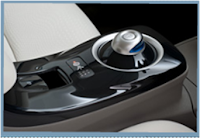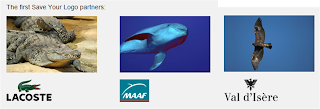
- The range, which is called Dove Men + Care, includes two shower gel variants and five deodorants. They are adapted from Dove’s existing product range of deodorant, soap and shower gels to incorporate ‘male formulations and fragrances’.
- Growing Italian male grooming market A brand spokesperson for Unilever Italy told Cosmetics Design that the main aim in this decision was to “tap into Italy’s growing male grooming market, starting in the two segments that the Dove brand is already known for: deodorants and body wash”.
- The spokesperson said that Unilever had noticed that men had become an increasingly important part of the Dove target audience in Italy.
- This decision to push forward in the male grooming market has emerged as a common strategy in the economic crisis, having been adopted by other big personal care brands. Earlier in the summer, Nivea created a website called the Groom Room to provide tips and advice on male grooming.
- Financial analysts Fitch early on in the recession stated that they believed the men’s grooming sector would be one of the main categories to turn to in the recession. It would seem that companies such as Unilever and Nivea have indeed been employing this strategy.
- In some ways the male grooming sector has not been as strong as expected, however. In spite of this Proctor & Gamble, which owns the powerful Gillette brand, announced an approximately 20 per cent fall in men’s grooming sales in June of this year.
Building on Dove the ‘master brand’
- The Dove brand has been one of Unilever’s strongest performers and it is easy to see why Unilever would choose to grow in that direction. In the past, industry insiders have described it as a ‘master brand’, apparently managing to ride through the recession with relative ease.
- Unilever as a company has faired pretty well in general. Helped by a 6.8 per cent rise in prices, in May the company announced a 4.8 per cent increase in underlying sales for the quarter.
- It now seems that Unilever wish to take advantage of this stable situation and is looking for potential growth. Unilever’s brand spokesperson said, “We hope that this launch will allow us to build upon the brand’s heritage and increase penetration of Dove among men”.
- They did not comment as to whether the Dove Men + Care range would be adopted in the rest of Europe.
By Leah Armstrong, Cosmetic design-europe.com















